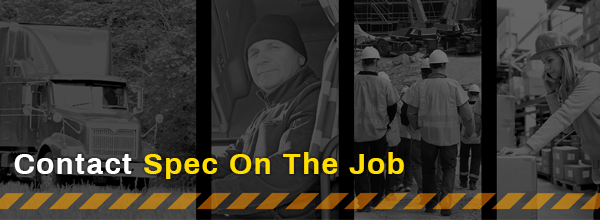I’ve been told by insurance carriers that they are not fond of warehouses that utilize forklifts. They are responsible for more accidents than people probably realize. They are also on the list of OSHA’s top 10 warehouse citations. According to the Industrial Truck Association, there are about 855,900 forklifts in the U.S. Therefore, over 11% of all forklifts will be involved in some type of accident each year (assuming only one accident per forklift). Proper training when you’re warehouse staffing helps these newcomers understand you take safety seriously and that forklifts can be very dangerous if not operated properly. Even those who are seasoned forklift operators can be to confident and become careless. It is estimated that 20-25% of the accidents are at least in part caused by INADEQUATE TRAINING.
Between the federal and state level, OSHA inspects about 100,000 facilities each year. Citations can result in financial penalties up to $7,000 for non-serious violations and up to $70,000 for repeat offenders.
Powered industrial truck accidents cause approximately 100 FATALITIES and 36,340 SERIOUS INJURIES and 61,800 are classified as non-serious in general industry and construction annually. The majority of fatalities are caused by forklift turnovers. Being crushed between a forklift and another surface is the second highest percentage, followed by getting struck a forklift and then getting hit by falling material from a dropped load.
Forty-two percent of forklift fatalities are caused by the operator trying to jump from a tipping vehicle. To keep this from happening to you, always remember to keep the load as low as possible and stay with the vehicle if it tips over. Wearing your seat belt is the best safety measure!
OHSA issues guidelines including the following for training on forklifts to promote a safer work environment:
- Train, evaluate and certify all operators to ensure that they can operate forklifts safely, follow safe procedures for picking up, putting down and stacking loads
- Drive safely and never exceeding 5 mph and slow down in congested areas,
- Maintain sufficiently safe clearances for aisles and at loading docks or passages where forklifts are used
- Train employees on the hazards associated with the combustion byproducts of forklift operation, such as carbon monoxide.

“Helping our clients get jobs done since 1998.”